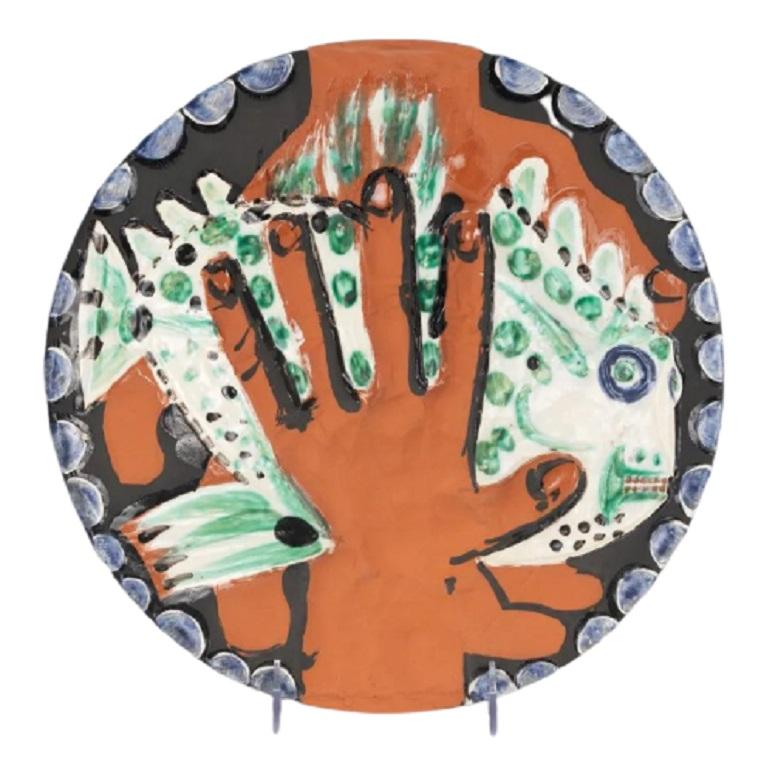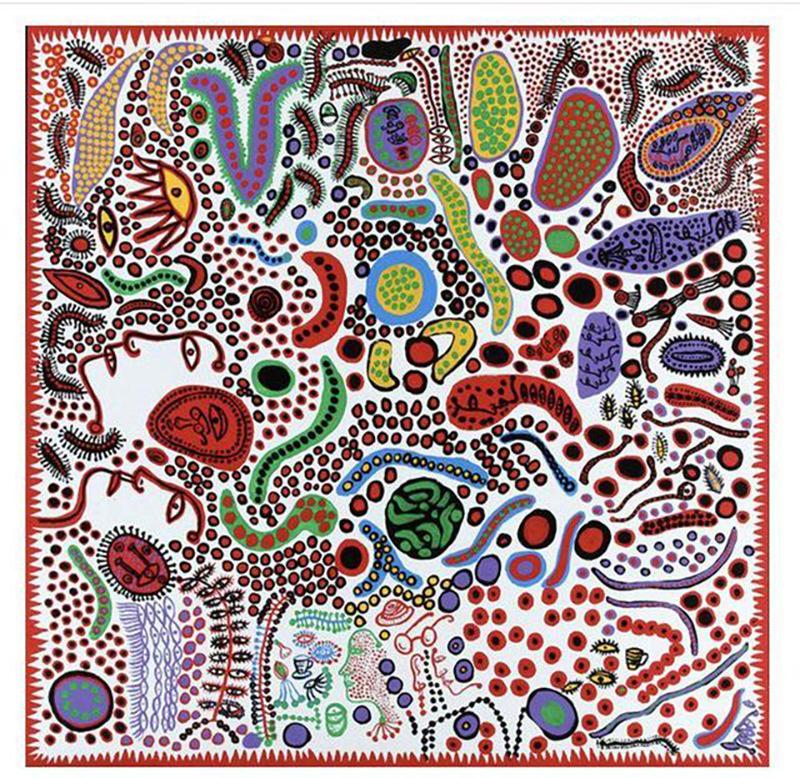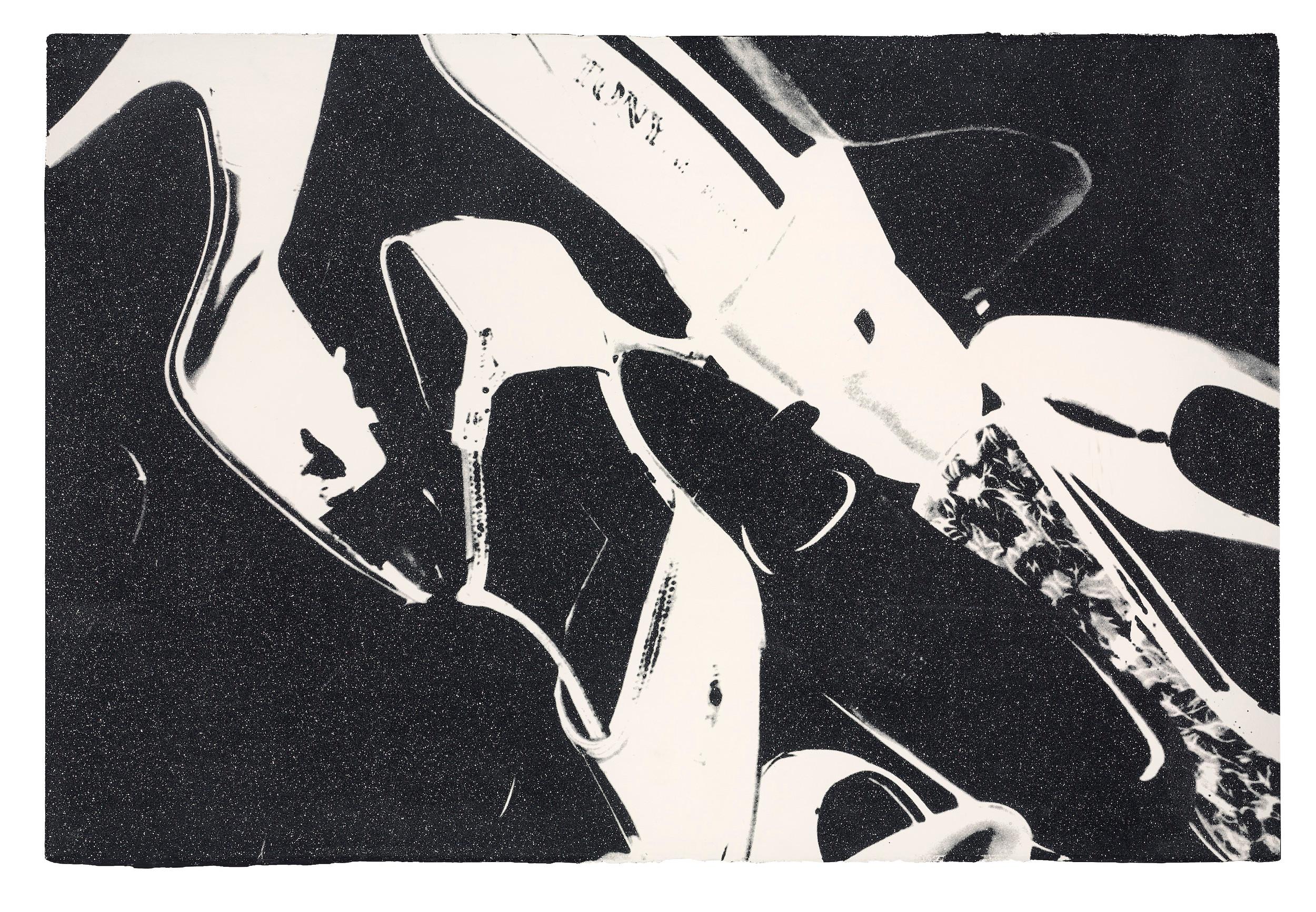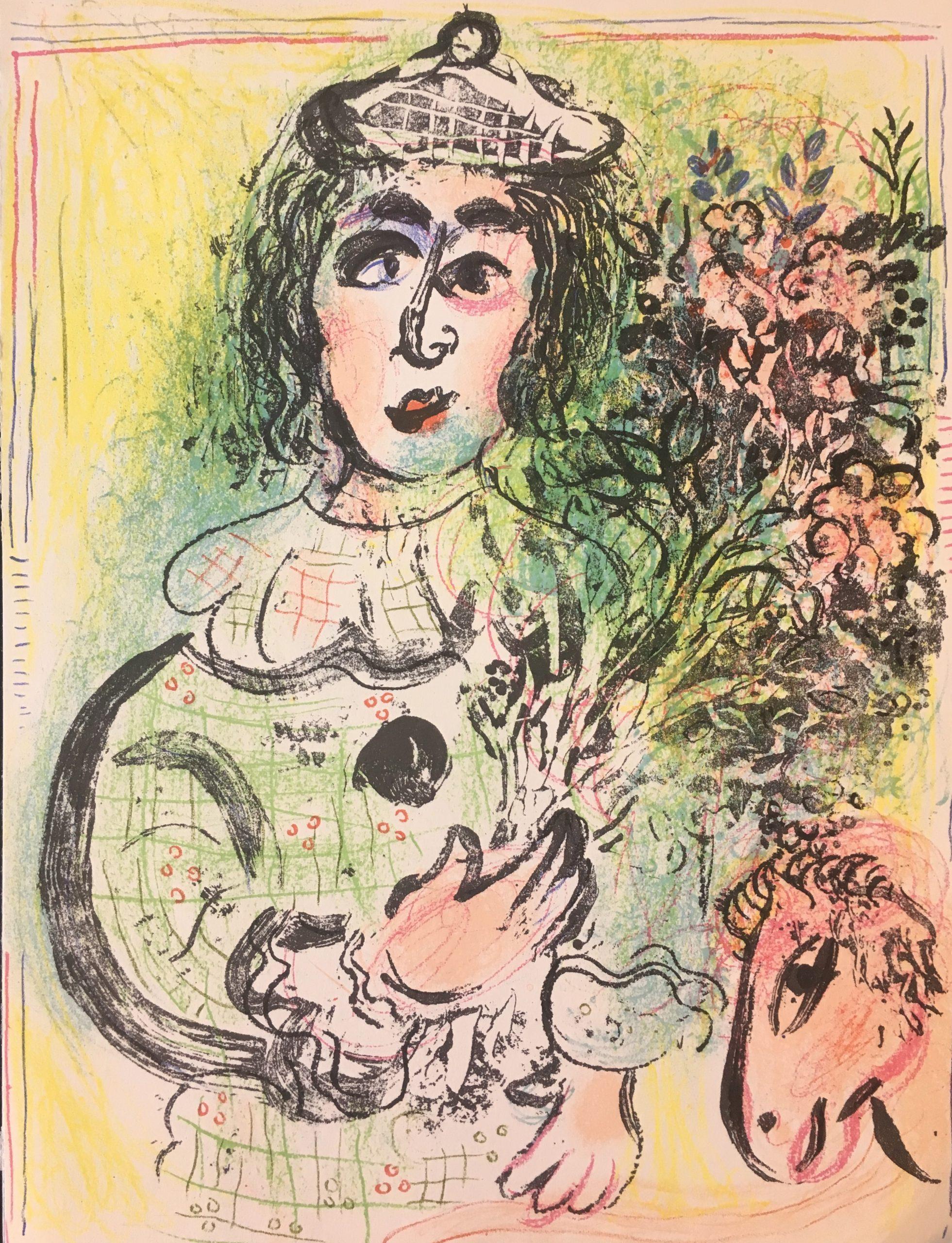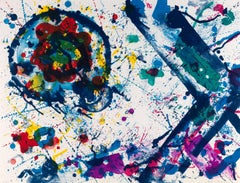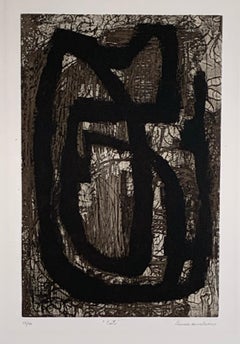Popular Artists
Notable Artists
Highly influential and instantly recognizable, these talents are the most popular on 1stDibs.
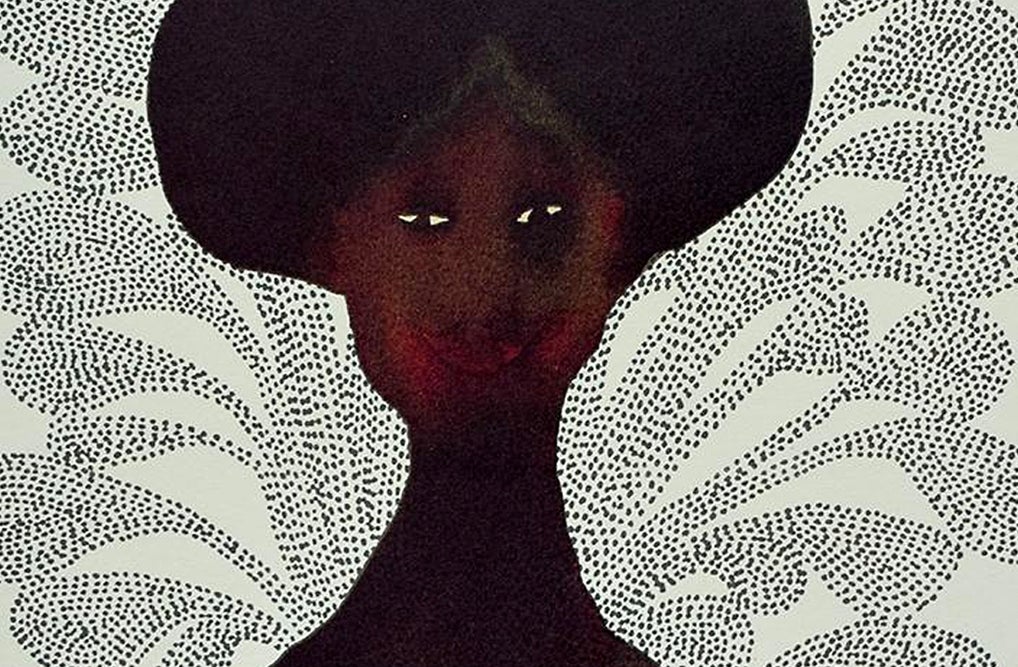
1960s Abstract Expressionist Popular Artists
Color, Lithograph
1980s Abstract Expressionist Popular Artists
Color, Lithograph
1980s Abstract Expressionist Popular Artists
Aquatint, Color, Etching
1980s Photorealist Popular Artists
Dye Transfer
1930s Modern Popular Artists
Paper, Ink, Pencil
1960s Popular Artists
Drypoint, Etching
1950s Popular Artists
Etching
1970s American Modern Popular Artists
Wood
1970s Abstract Popular Artists
Screen
1960s Abstract Popular Artists
Lithograph
Early 2000s Contemporary Popular Artists
Lithograph, Offset
21st Century and Contemporary Contemporary Popular Artists
Plexiglass, Photographic Film, Photographic Paper, Wood, Archival Paper
21st Century and Contemporary Contemporary Popular Artists
Plexiglass, Wood, Photographic Film, Archival Paper, Photographic Paper
21st Century and Contemporary Contemporary Popular Artists
Plexiglass, Wood, Photographic Film, Archival Paper, Photographic Paper
21st Century and Contemporary Contemporary Popular Artists
Plexiglass, Photographic Film, Photographic Paper, Wood, Archival Paper
21st Century and Contemporary Contemporary Popular Artists
Plexiglass, Photographic Film, Photographic Paper, Wood, Archival Paper
21st Century and Contemporary Contemporary Popular Artists
Plexiglass, Wood, Photographic Film, Photographic Paper, Archival Paper
21st Century and Contemporary Contemporary Popular Artists
Plexiglass, Wood, Photographic Film, Archival Paper, Photographic Paper
21st Century and Contemporary Contemporary Popular Artists
Plexiglass, Photographic Film, Photographic Paper, Wood, Archival Paper
21st Century and Contemporary Contemporary Popular Artists
Plexiglass, Wood, Archival Paper, Photographic Paper, Archival Ink, Arch...
21st Century and Contemporary Contemporary Popular Artists
Plexiglass, Photographic Film, Photographic Paper, Wood, Archival Paper
21st Century and Contemporary Contemporary Popular Artists
Plexiglass, Photographic Film, Photographic Paper, Wood, Archival Paper
21st Century and Contemporary Contemporary Popular Artists
Photographic Paper, Photographic Film, Plexiglass, Wood, Archival Paper
21st Century and Contemporary Contemporary Popular Artists
Plexiglass, Wood, Photographic Film, Archival Paper, Photographic Paper
21st Century and Contemporary Contemporary Popular Artists
Plexiglass, Wood, Photographic Film, Photographic Paper, Archival Paper
21st Century and Contemporary Contemporary Popular Artists
Plexiglass, Wood, Photographic Film, Archival Paper, Photographic Paper
21st Century and Contemporary Contemporary Popular Artists
Plexiglass, Wood, Photographic Film, Archival Paper, Photographic Paper
Early 2000s Photorealist Popular Artists
Lithograph, Offset
1890s Art Nouveau Popular Artists
Lithograph
1890s Art Nouveau Popular Artists
Lithograph
1890s Art Nouveau Popular Artists
Lithograph
1890s Art Nouveau Popular Artists
Lithograph
1890s Art Nouveau Popular Artists
Lithograph
1890s Art Nouveau Popular Artists
Lithograph
1890s Art Nouveau Popular Artists
Paper, Ink
1890s Art Nouveau Popular Artists
Lithograph
1890s Art Nouveau Popular Artists
Lithograph
1890s Art Nouveau Popular Artists
Lithograph
1890s Art Nouveau Popular Artists
Lithograph
1890s Art Nouveau Popular Artists
Lithograph
1890s Art Nouveau Popular Artists
Lithograph
1890s Art Nouveau Popular Artists
Lithograph
1890s Art Nouveau Popular Artists
Lithograph
1890s Art Nouveau Popular Artists
Lithograph
Early 1900s Art Nouveau Popular Artists
Lithograph
1890s Art Nouveau Popular Artists
Lithograph
1890s Art Nouveau Popular Artists
Lithograph
1890s Art Nouveau Popular Artists
Lithograph
1890s Art Nouveau Popular Artists
Lithograph
1890s Art Nouveau Popular Artists
Lithograph
1890s Art Nouveau Popular Artists
Lithograph
1890s Art Nouveau Popular Artists
Lithograph
1890s Art Nouveau Popular Artists
Lithograph
1890s Art Nouveau Popular Artists
Lithograph
Early 1900s Art Nouveau Popular Artists
Lithograph
1890s Art Nouveau Popular Artists
Lithograph
1890s Art Nouveau Popular Artists
Lithograph
1890s Art Nouveau Popular Artists
Lithograph
Early 1900s Art Nouveau Popular Artists
Lithograph
1890s Art Nouveau Popular Artists
Paper
- 1
- ...
